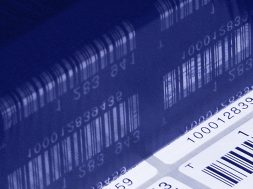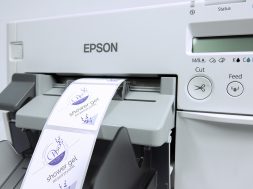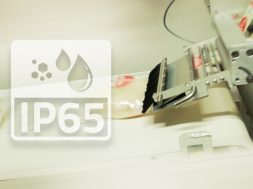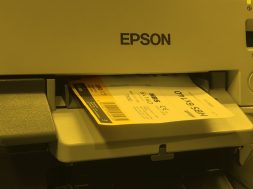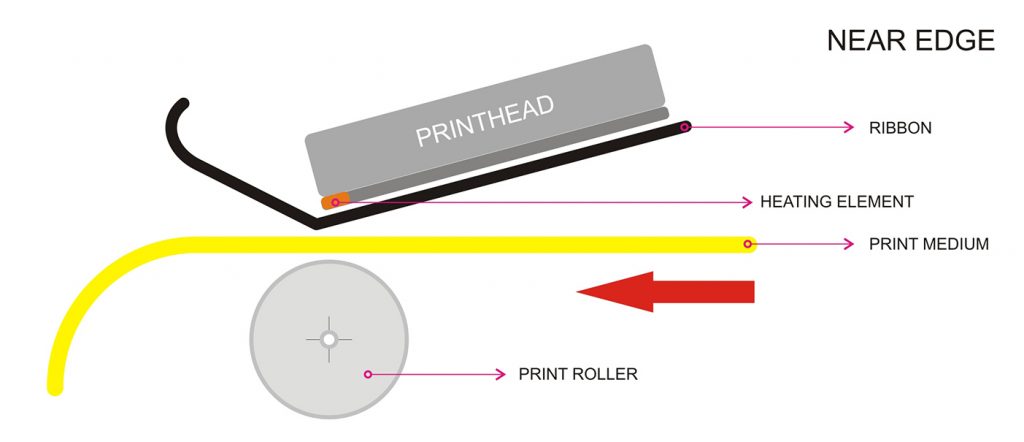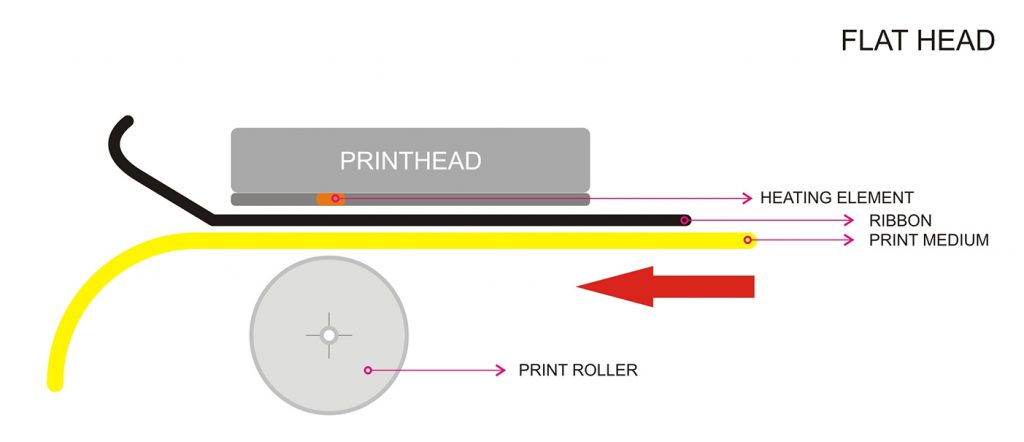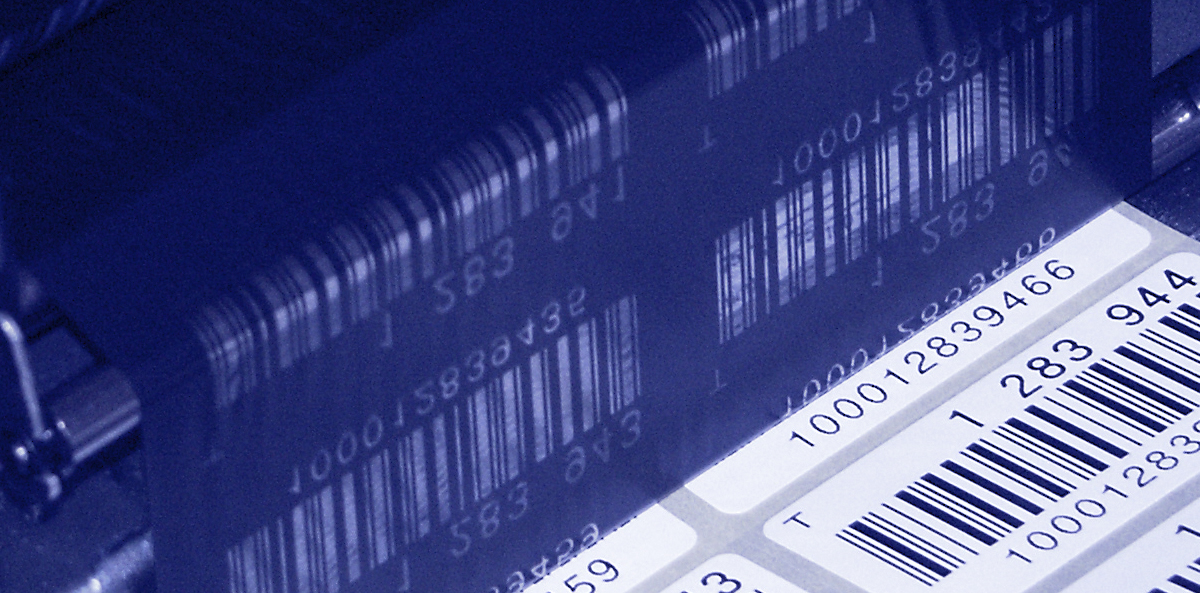
What is worth knowing about thermal transfer ribbons?
What should you pay attention to while choosing thermal transfer ribbon?
It has been 40 years since the first thermal transfer printer was launched to the market. Currently, it is one of the most popular devices that is used for printing markings (e.g. barcodes) in many branches (retail, logistics and industry).
Such a broad range of applications of thermal transfer printers was possible due to a parallel development of devices and consumables.
The attainment of printing of higher quality and resolution did not take place only because of high-quality parts but also appropriately selected, high quality consumables dedicated for thermal transfer printing, i.e. paper, film and thermal transfer ribbon.
This article is devoted to a brief description of thermal transfer ribbons. It will point out significant aspects that are worth taking into consideration while making purchase decisions.
What should you pay attention to while choosing thermal transfer ribbon?
In case of thermal transfer ribbons, apart from the ink itself, there are also additional layers of the ribbon which constitute the know-how of every manufacturer and have influence on the printing quality and durability.
Structure of thermal transfer ribbon
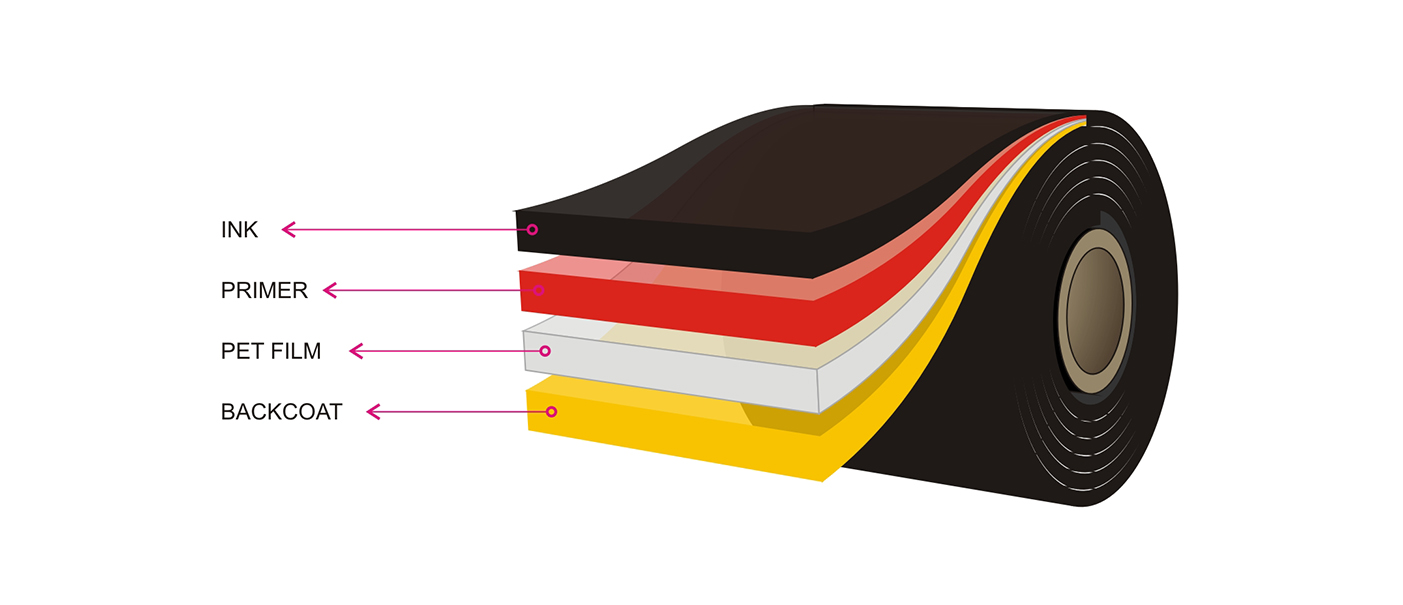
- Backcoat – special layer that protects the printhead against abrasion. It ensures the slippage of ribbon under the printhead
- PET film – as a carrier for thermal transfer ribbon
- Primer – facilitates the application of ink onto the polyester carrier and its transfer onto the label during the printing process
- Ink – there are wax, wax/resin and resin inks available
In order to ensure an appropriate quality level, the following three criteria must be met:
- Label printer that has to ensure the right quality of ink transfer onto the label
- Raw materials which the labels are made from need to have the right surface layer
- Thermal transfer ribbon should have ink of appropriate quality in order to ensure the required durability of the printed image for particular application
There are many possible combinations of these three elements, which makes it possible to select the right solution to the needs of every branch with regard to cost and durability. In order to choose the most appropriate one, we thoroughly analyze customer’s needs and their specific requirements. Then, on the basis of our own experience as well as conducted tests, we select the solution that meets the customer’s expectations.
How to avoid mistakes while choosing thermal transfer ribbon?
It is worth paying attention to the “Ink Type” of thermal transfer ribbon which determines its varoius.
Wax ribbons:
The ink is made on the basis of wax, it may contain a bit of resin additive. Wax ribbons are mostly used to print labels made of uncoated paper. The printed image is characterized by low abrasion resistance; therefore, the ribbons are dedicated for printing short-term markings. Wax ribbons are used mainly in places where price is priority (in retail and logistics, for printing collective packaging labels). It is the cheapest thermal transfer ribbon.
Wax/resin ribbons:
In case on this thermal transfer ribbon, the ink is a combination of wax and resin. The ribbons are used mostly when there is a probability that the marking will be exposed to higher temperature temperature or abrasion. The wax/resin ribbon is dedicated mainly for printing labels made of coated paper and some types of film. Thermal resistance is of great importance if the product with the labels stuck on is packed into a plastic sleeve which is then shrink-wrapped. The ribbon is used to mark products and packaging in transportation and logistics processes.
Resin ribbons:
The ribbon is dedicated for printing permanent markings mainly in industry and in places where the printed image is exposed to many factors such as high temperature and chemical substances. The ink is made on the basis of resin with the some additives. Sometimes low-quality resin ribbons contain wax additive. Such procedure certainly speeds up and facilitates the process of ink transfer onto the label, but it has negative influence on the resistance of the printed image to solvents and abrasion. It also influences the price.
Type of thermal transfer ribbon vs. printhead
While selecting thermal transfer ribbon, you should pay attention to the head of the printer that will be used in the process. There are flat-head printers and near-edge printers available on the market. The type of the head is an important element for the selection of the appropriate ribbon.
Near-edge printers are characterized by higher print speed and temperature, which, for example, disqualifies the application of wax ribbons.
Are there only black thermal transfer ribbons?
No… :), besides black ribbons which constitute 90% of the market, there are also white, color (primary colors) and metallic ones used.
You can also come across ribbons that make it possible to achieve the printed image in the form of a hologram and the one that is visible only in ultraviolet light which are used to ensure the authenticity of the products.
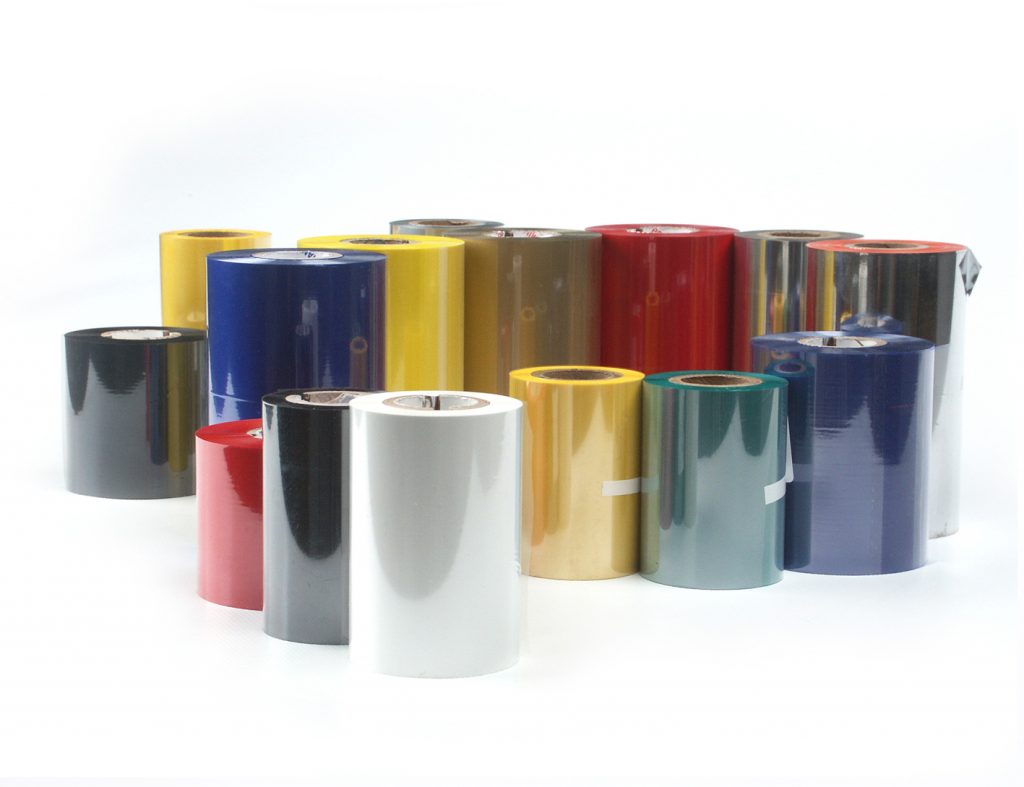
If you have a problem with selecting the consumables or the printed image made with the use of your ribbon does not meet the requirements and parameters of the process, ask our specialists.
There will be new articles concerning thermal transfer ribbons soon.
(1097)
